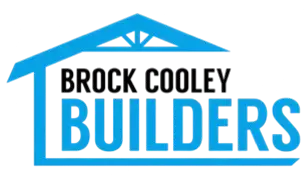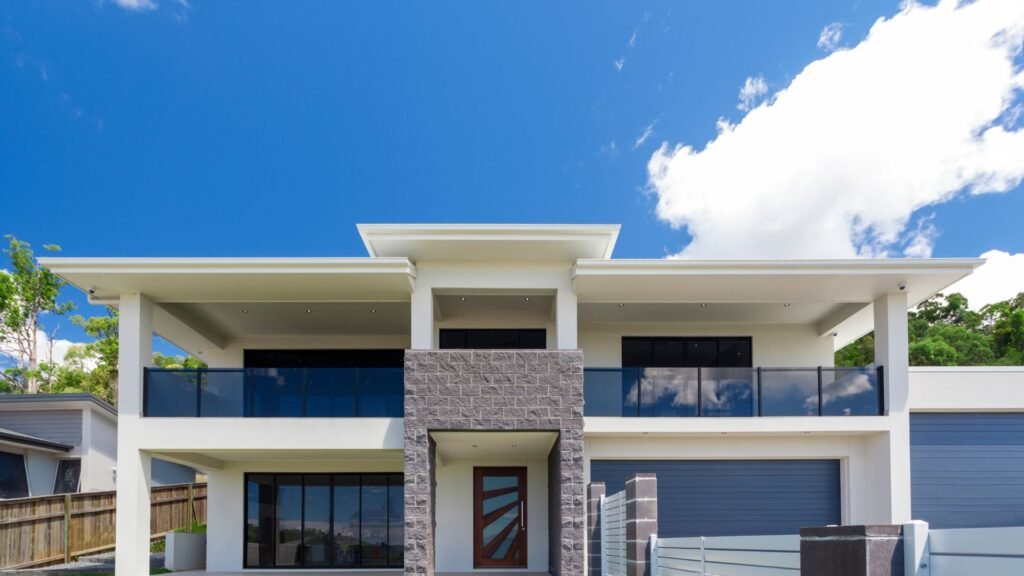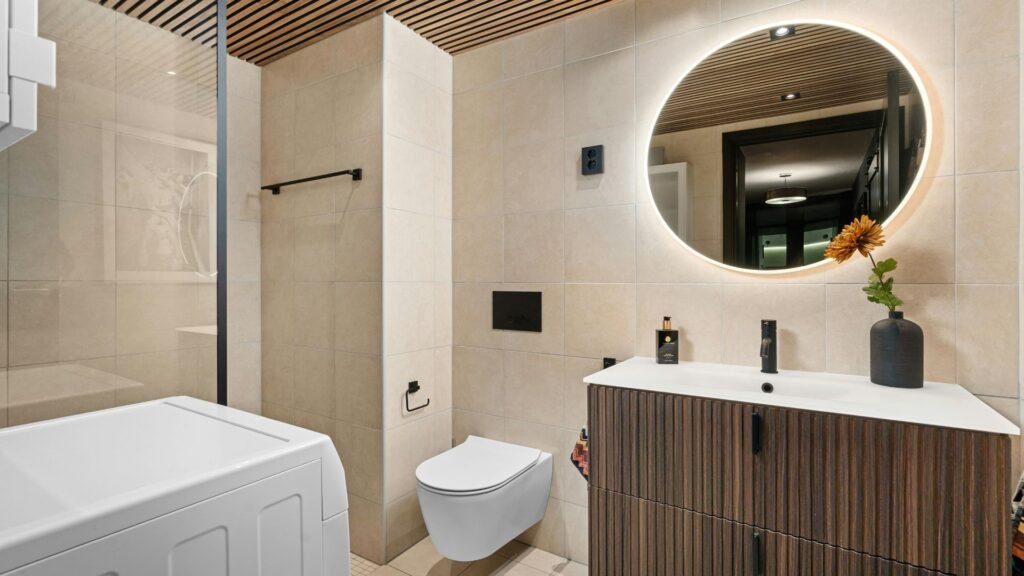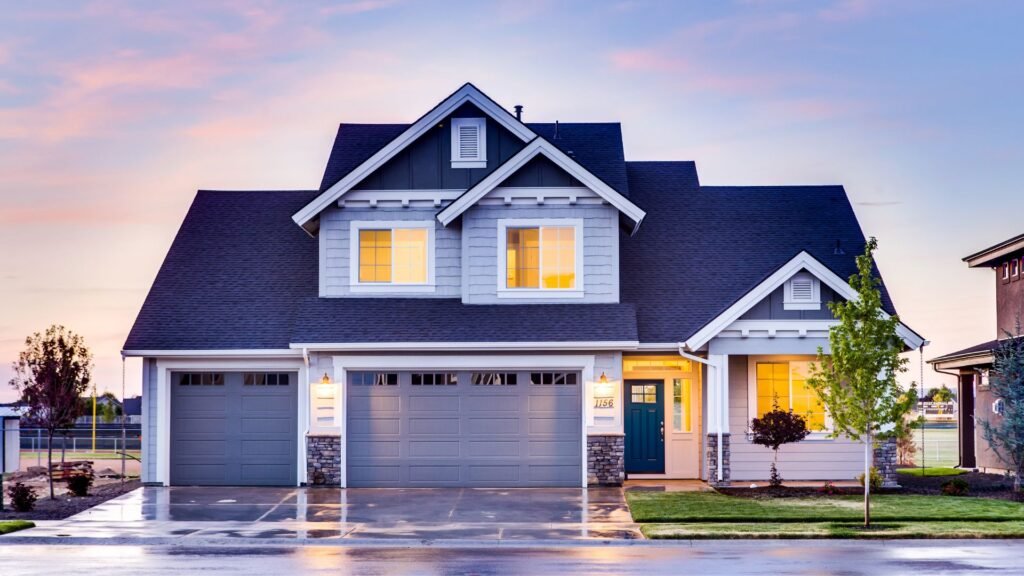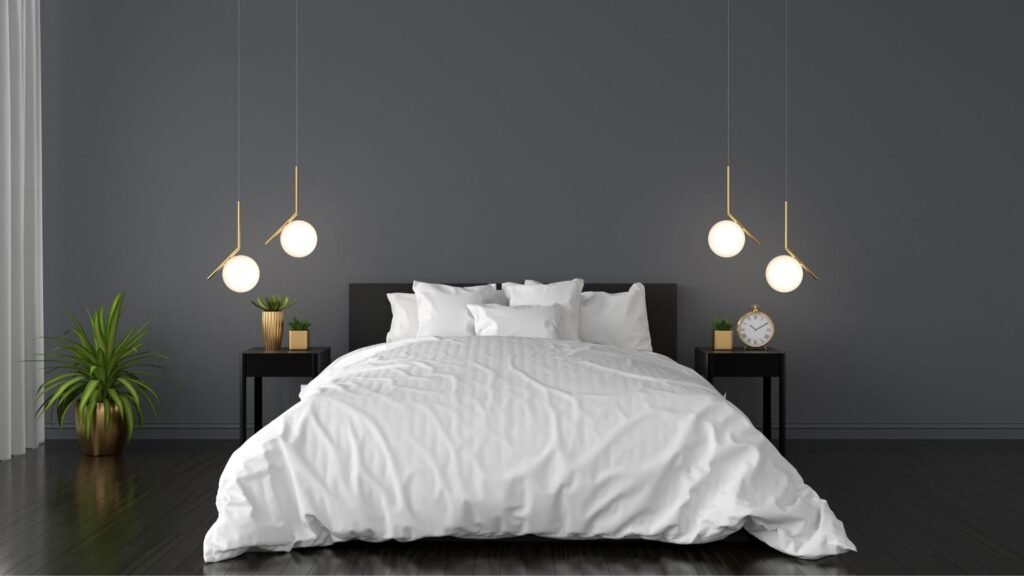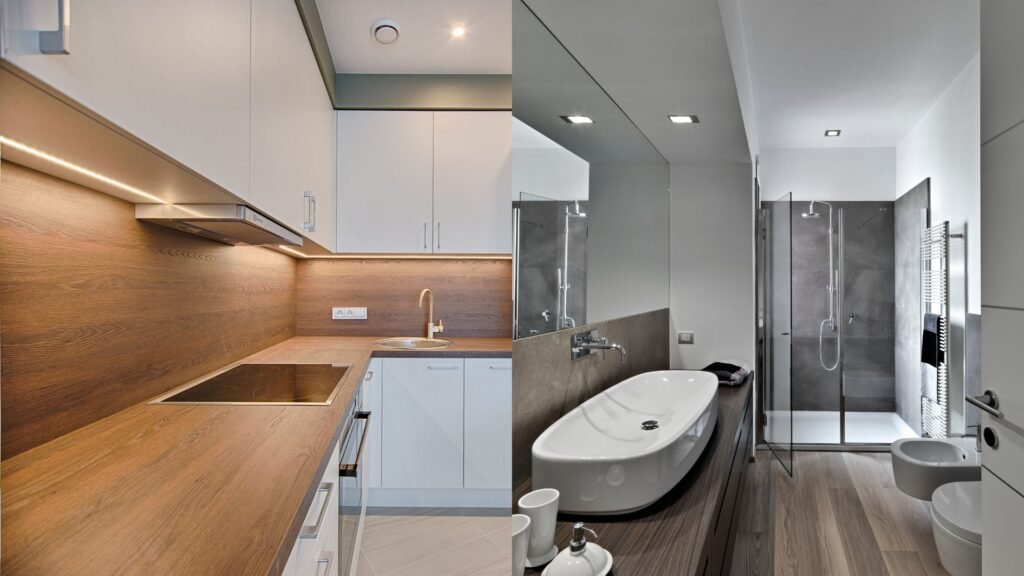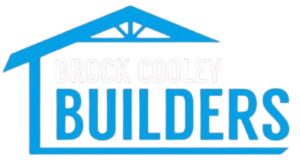Welcome to your complete guide on understanding the new build cost in NZ, where we break down what it really takes to build a home in today’s market. Building from scratch is an exciting step, but it’s also a big financial commitment that can catch people off guard if they don’t have a clear plan. Costs can vary widely depending on where you build, the size of your home, the materials you choose, and the professionals you work with. In this article, we’ll look at the latest average build prices across New Zealand, explain the main expenses you’ll face, and share tips on budgeting smart so you can avoid unexpected blowouts. Whether you’re a first-time builder or upgrading to your dream home, you’ll find the insights you need to plan with confidence and make informed decisions at every stage of your project.
The average cost to build a new home in New Zealand in 2025 ranges from $2,500 to $4,000 per square metre, depending on location, design, and materials. A standard 150m² home can cost between $375,000 and $600,000, excluding land. Final costs also include site preparation, council fees, utilities, and finishing touches.
Table of Contents
The Big Picture: Average New Build Cost In NZ
New build cost NZ varies by region, design, and finish level, so start with a per-square-metre range and adjust for your site and spec.
Current Estimated Cost Per Square Metre In 2025
- Entry Level (Group Home, Standard Spec): NZ$2,200–NZ$2,700 per m²
- Mid Range (Upgrades, Better Fixtures): NZ$2,800–NZ$3,400 per m²
- High End (Custom Design, Premium Finishes): NZ$3,500–NZ$5,000+ per m²
- Quick Sense-Check: A 150 m² mid-range build often lands around NZ$420,000–NZ$510,000 for construction only. Land, site works, consents, and landscaping sit on top.
Factors Driving Recent Cost Changes
Materials
- Timber, steel, cladding, and insulation pricing lifted in recent years.
- Freight and logistics add volatility, especially for imported items.
- Specification creep matters. A stone benchtop, tiled showers, and higher R-values all add up.
Labour
- Ongoing demand and skill shortages push rates higher.
- Complex designs and custom details extend build hours.
- Remote sites increase travel time and reduce on-site productivity.
Inflation And Policy
- General inflation flows into wages, plant, and materials.
- Code updates for thermal performance and weathertightness can raise baseline costs.
- Finance costs affect builders and clients, impacting cashflow and pricing.
Site And Region
- Steep or soft ground needs engineering, retaining, and bigger foundations.
- Urban infill sites can require demolition, access management, and traffic control.
- Regional councils differ on fees, inspection schedules, and requirements.
Simple Comparison: Buying An Existing Home Vs Building New
Upfront Cost
- Buying: You pay market price, which bakes in location premium and current demand. Less cost surprise, but you may inherit maintenance.
- Building: You control spec and layout, but you carry line-item costs (land, site works, consents, construction, contingencies).
Timeframe
- Buying: Settlement can be fast. Renovations may still follow.
- Building: Expect 6–12 months after consent for a standard home, longer for custom or complex sites.
Quality And Running Costs
- Buying: Older homes can have lower insulation and higher power bills.
- Building: New code-level insulation, double glazing, and modern heating lower running costs long term.
Risk And Control
- Buying: Less project risk, but less design control.
- Building: More control over plan, spec, and finishes. You must manage budget, timelines, and variations.
Resale And Value
- Buying: Location and school zones can hold value.
- Building: A well-designed new home on a good site can command a premium, especially with energy-efficient features.
Practical Next Steps
- Get three concept quotes using the same plan and specification sheet.
- Ask for a line-by-line breakdown: foundations, framing, cladding, roof, windows, plumbing, electrical, fit-off, finishes.
- Add 10–15% contingency for variations, site surprises, and lead-time changes.
- Confirm all council fees, development contributions, and utility connections in writing.
- Lock key selections early to reduce price movement and delays.
Use the per-m² range as your starting point, then layer on land, site works, fees, and chosen finishes. That approach keeps your new build cost NZ estimate grounded and helps you prevent budget blowouts.
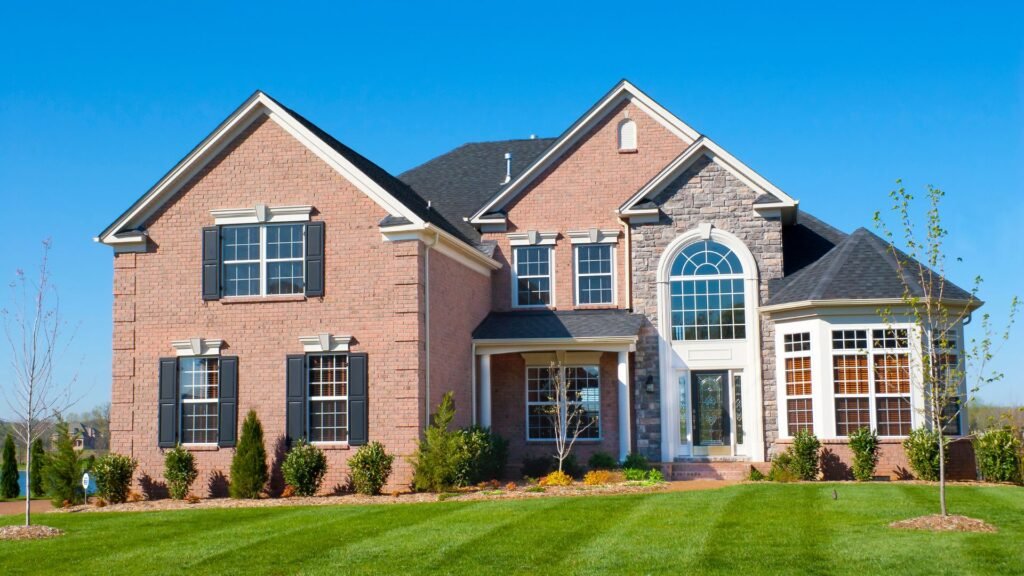
Major Cost Components
Building a home in New Zealand involves more than just paying a builder to construct the walls and roof. There are several key expenses you need to budget for from the very beginning. Understanding these costs upfront will help you avoid surprises later in the process.
Land Purchase
The first major expense is the land itself. In 2025, the average section price varies greatly depending on where you choose to build. In Auckland, it’s common to see sections starting at $500,000 or more, especially in central or coastal areas. Wellington follows closely, with many sites ranging from $400,000 to $700,000. Christchurch tends to be slightly more affordable, averaging $250,000 to $450,000. Smaller regional towns can still offer sections under $200,000, though availability may be limited.
In addition to the purchase price, you’ll need to budget for council-related costs such as rates, development contributions, and application fees. Resource consent fees can also apply if your build involves subdivision, special zoning, or environmental considerations. These costs can add several thousand dollars to your total budget.
Design And Planning
Before construction begins, you’ll need a clear and approved design. Hiring an architect generally costs more but offers a fully customised home designed to your exact needs. This can range from 5% to 15% of the total build cost. On the other hand, using a design-and-build company can be more budget-friendly, as they often work from pre-approved plans and bundle design fees into the overall price.
Choosing between a custom plan and a pre-designed option will affect both cost and timeline. Custom designs offer flexibility and uniqueness but require more time for council approvals. Pre-designed plans are faster and cheaper but may involve compromises in layout or features.
Construction Costs
Construction is the largest part of your budget. In 2025, the cost per square metre in New Zealand typically ranges from $2,500 to $4,000, depending on the complexity and finish level. For a 150m² home, that equates to roughly $375,000 to $600,000.
Material choice plays a big role in the final figure. Standard materials like vinyl flooring, laminate benchtops, and basic fixtures will keep costs down. Premium finishes, such as hardwood floors, stone benchtops, and designer fittings, can increase costs significantly.
Labour rates also impact construction costs. In areas where skilled trades are in high demand, hourly rates can be higher. Delays due to labour shortages may also push your budget up.
Compliance And Consents
Every new build in New Zealand must comply with local building regulations. This includes obtaining building consent, resource consent where required, and undergoing multiple inspections during construction.
Building consent fees vary by council but generally start from a few thousand dollars and increase with the size and complexity of your home. Some regions have higher council charges due to location-specific infrastructure needs. For example, building in a coastal or earthquake-prone area may require extra engineering checks, which come with additional fees.
Additional Expenses
Finally, don’t forget the finishing touches that make a house complete. Driveways, fencing, and landscaping can add $10,000 to $50,000 or more depending on materials and scale.
Connecting utilities is another key cost. Water, electricity, and internet connections are not always included in your builder’s contract and may cost several thousand dollars each. If your section is rural or semi-rural, these connections can be even more expensive due to the distance from main lines.
This breakdown of major cost components gives you a clearer picture of where your money will go when building in New Zealand. By accounting for all of these elements from the start, you can create a realistic budget and avoid the financial stress that often comes with underestimating build costs.
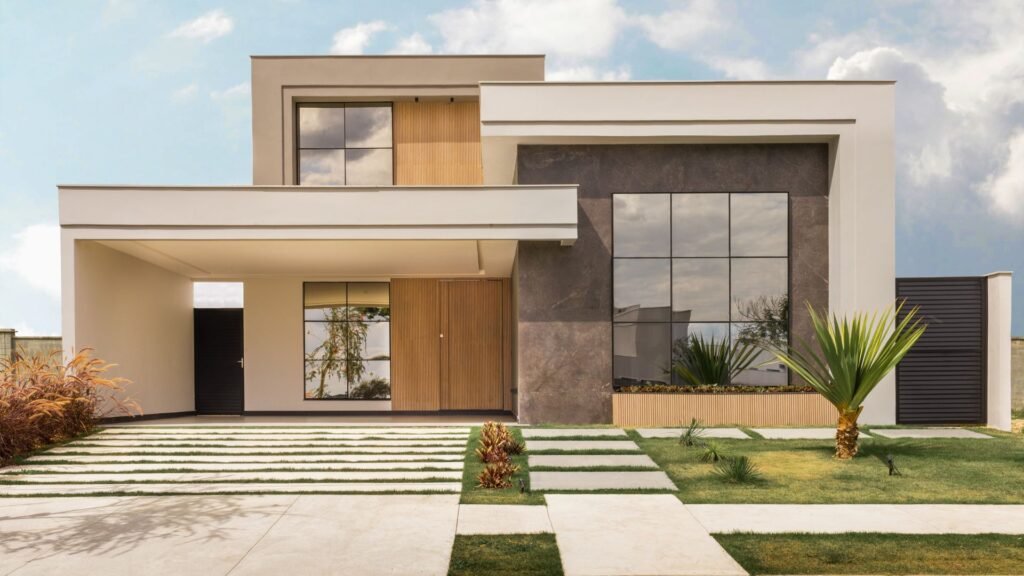
Factors That Affect Your Final Cost
When you start planning a new build in New Zealand, it’s easy to focus on the headline price per square metre. But in reality, several key factors can push that number up or bring it down. Understanding these variables helps you set a realistic budget and avoid nasty surprises along the way.
Location (Urban Vs Rural)
Where you choose to build plays a huge role in your overall cost. In urban areas like Auckland, Wellington, or Christchurch, land prices are higher, building consent fees can be more expensive, and demand for tradespeople often drives labour costs up. Rural areas may offer cheaper land, but you could face extra expenses for site preparation, utility connections, and transport of materials. For example, building on a sloping rural section might require significant earthworks before you even lay the foundation. Always weigh the potential savings on land against any added logistical costs.
Build Complexity (Single Vs Multi-Storey)
The design of your home can either simplify construction or make it more challenging and expensive. Single-storey homes are generally cheaper to build because they require less structural engineering, no staircases, and simpler roofing. Multi-storey designs can add living space without increasing your land footprint, but they often require more steel framing, complex foundations, and extra time on site. If you love the idea of a double-storey home, factor in not just the added construction cost, but also the potential long-term benefits such as better views or more yard space.
Material Availability And Quality
The type and availability of building materials can significantly affect your budget. Using locally sourced materials may reduce transport costs, while imported or specialised finishes can add both time and expense. Quality also matters, premium materials can last longer and improve energy efficiency, but they come at a higher upfront price. The key is to strike a balance between durability, aesthetics, and affordability. For instance, opting for mid-range cladding instead of a high-end imported option could free up funds for other features without sacrificing quality.
Timing (Seasonal Demand, Supply Chain Delays)
When you build can be just as important as where and how you build. In New Zealand, construction activity tends to peak in warmer months, which can lead to higher labour rates and longer wait times for trades. Building during off-peak seasons may save money, but it could also expose your project to weather delays. Global supply chain issues can also affect the availability and cost of materials, so it’s smart to discuss timelines with your builder early. Planning ahead and ordering key materials in advance can help you avoid unexpected hold-ups and cost increases.
By considering these factors before you break ground, you’ll be in a much stronger position to control your budget, make informed choices, and get the most value from your new build project.
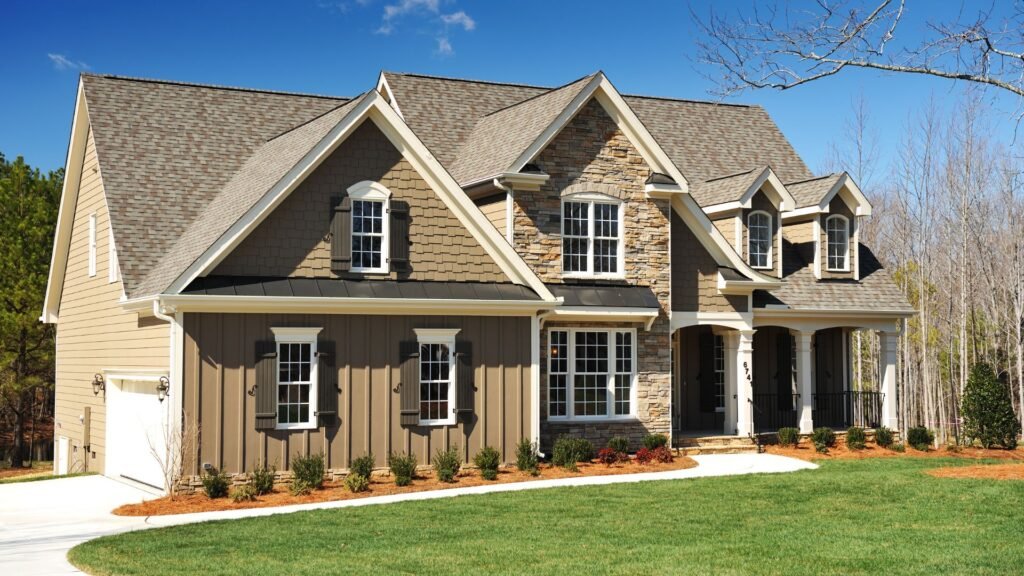
How To Budget For A New Build In NZ
Building a new home is exciting, but without careful financial planning, costs can quickly spiral out of control. A clear and realistic budget is one of the most important tools you have to keep your project on track and avoid unnecessary stress. Here’s how to approach budgeting so you can build with confidence.
Create A Realistic Budget With A 10–15% Contingency
Before you even choose a builder, take time to understand the full scope of your expenses. Start by listing every potential cost, from land purchase and site preparation to design fees, construction, landscaping, and utility connections. Use quotes from multiple suppliers and contractors rather than relying on rough estimates. Once you have a baseline figure, add a contingency of 10–15% to cover unexpected costs such as material price increases, weather delays, or design changes. This safety buffer ensures you won’t have to compromise on quality or halt construction if something unexpected comes up.
Work With A Fixed-Price Contract Where Possible
One of the most effective ways to keep your budget under control is by choosing a fixed-price contract with your builder. This type of contract clearly outlines what’s included, the total cost, and the payment schedule. It protects you from cost escalations during the build, which is especially valuable in New Zealand’s current market where material and labour prices can fluctuate. Be sure to review the contract thoroughly and ask questions about exclusions, so you’re not caught off guard by extra charges for things like premium finishes or additional site work.
Track Costs At Each Stage To Avoid Blowouts
A budget is only effective if you actively monitor it. Set up a simple spreadsheet or use a project management tool to track every invoice, payment, and variation throughout the build. Compare actual spending against your planned budget regularly, monthly or at each stage of construction. If you see expenses creeping up, address them immediately with your builder before they escalate. This approach helps you stay in control, make informed decisions, and avoid nasty surprises when the final bill arrives.
By combining a realistic starting budget, a fixed-price agreement, and ongoing cost tracking, you can significantly reduce financial stress during your new build. This gives you the freedom to focus on creating a home you love, without the constant worry of overspending.
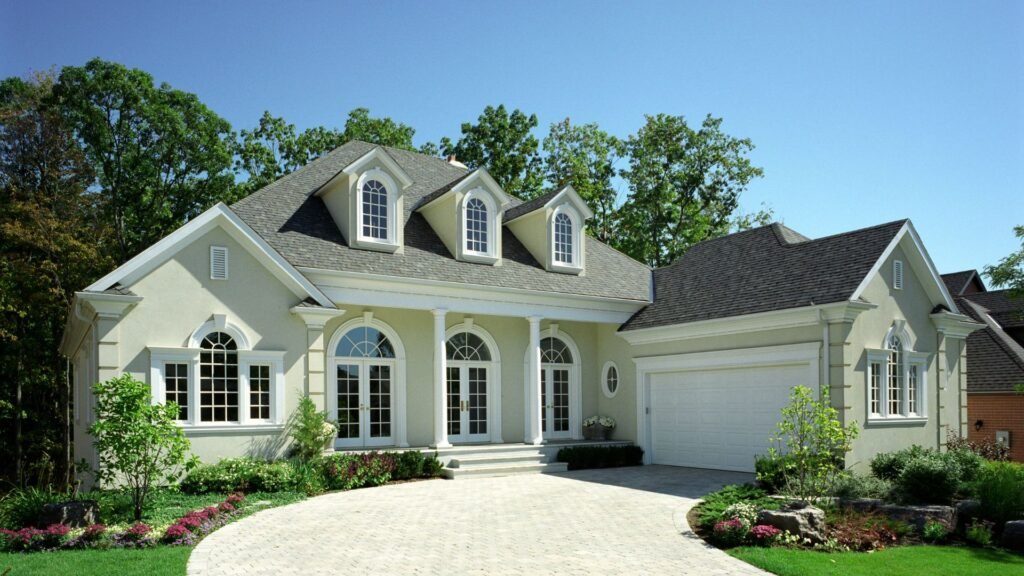
Cost-Saving Tips Without Cutting Quality
Building a new home in New Zealand is exciting, but costs can quickly add up if you’re not strategic with your decisions. The good news is, you can keep expenses in check without sacrificing comfort, style, or long-term value. Below are four practical ways to reduce your new build cost in NZ while still ending up with a home you’ll be proud of.
Use Standardised Plans
Opting for a standardised house plan is one of the easiest ways to save money. Custom architectural designs often come with higher fees and require more time for approvals, which can slow down your project and increase costs. Pre-designed plans have already been tested for compliance and buildability, meaning you can move forward faster and avoid unexpected design-related expenses. Many building companies in NZ offer a wide range of standard plans that still allow for personal touches, such as choosing your kitchen layout or altering room sizes, so you won’t feel limited in style or functionality.
Choose Mid-Range Finishes
While premium finishes can be appealing, they can also push your budget beyond your comfort zone. Mid-range finishes offer an excellent balance between quality, durability, and price. For example, engineered stone benchtops can provide the look of marble without the high maintenance or cost. Similarly, laminate flooring can mimic hardwood for a fraction of the price, and modern tile options can give you a designer look without breaking the bank. By selecting materials that look good and last long, you get the aesthetic you want while staying within budget.
Build In Areas With Lower Land Prices
Location is one of the biggest factors influencing your new build cost in NZ. Building in high-demand suburbs or city centres often means paying a premium for land before you even start construction. If you’re flexible, consider looking at regional towns or outer suburbs where land prices are significantly lower. Many of these areas are seeing rapid growth, which means your property value could increase over time. Plus, with remote work becoming more common, you may not need to be in the heart of a city to enjoy a great lifestyle.
Manage Parts Of The Project Yourself If Experienced
If you have relevant skills or experience, taking on certain parts of the build yourself can be a smart way to save money. Tasks like painting, landscaping, or basic interior work can be completed without specialist contractors, reducing your labour costs. That said, it’s important to be realistic about your abilities and ensure any work you do meets New Zealand building regulations. For structural work, plumbing, or electrical installations, always hire qualified professionals to avoid safety risks and compliance issues.
By applying these cost-saving tips, you can reduce your total new build cost in NZ while still achieving a home that is attractive, functional, and built to last. The key is to plan carefully, make informed decisions, and focus on value over luxury when it matters most.
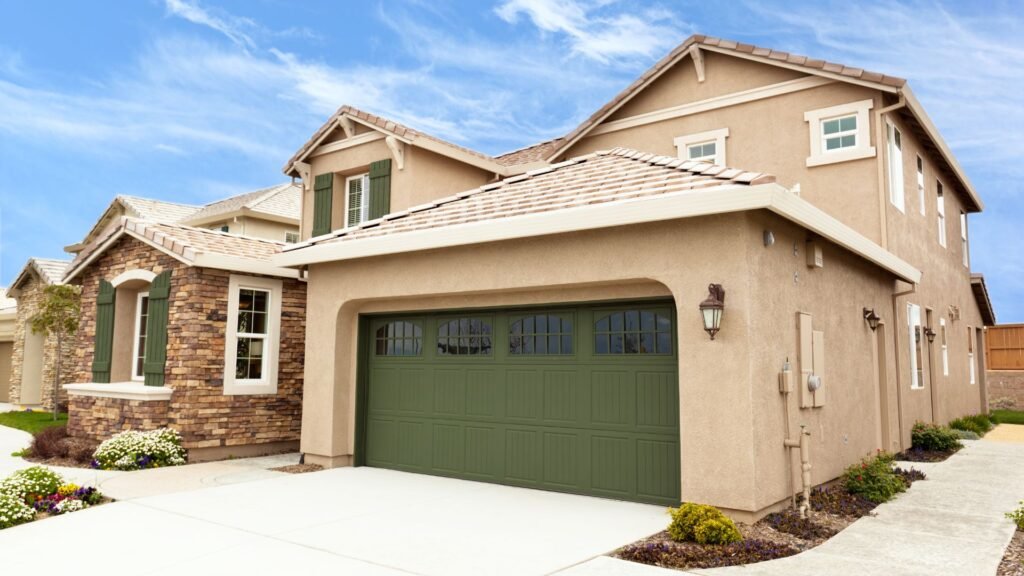
Financing Your New Build
When it comes to funding your new home in New Zealand, understanding your financing options can save you time, stress, and money. Unlike buying an existing property, building a home involves unique payment structures and bank requirements. Here’s what you need to know before you commit.
Construction Loans Vs Standard Mortgages
A standard mortgage is designed for purchasing an already-built home. You borrow a lump sum from the bank, and repayments begin straight away. A construction loan, on the other hand, is tailored for new builds. Instead of receiving all the funds at once, the bank releases money in stages, known as drawdowns, as each part of the build is completed. This staged approach ensures the bank only pays for work that has been done, protecting both you and the lender. The advantage of a construction loan is that you only pay interest on the funds that have been drawn, not the full approved amount from day one.
Bank Requirements And Staged Payments
Banks take a more cautious approach with new builds, so expect extra checks before each payment stage is released. Typically, the stages include buying the land, laying the foundation, completing the framing, finishing the interior, and final handover. Before releasing funds for each stage, the bank will often require an inspection or progress report from a registered valuer. This process ensures the build is on track and meets the agreed specifications. Delays in approvals can impact your builder’s schedule, so it’s important to work closely with both your lender and your builder to keep everything moving smoothly.
Deposit Expectations For A New Build
The deposit for a new build can differ from buying an existing home. Most banks in New Zealand require a deposit of at least 10% to 20% of the total project cost. This percentage is based on the combined value of the land and the build, not just the construction alone. First-home buyers may be eligible for lower deposit requirements through government-backed schemes, but you’ll still need to meet the bank’s lending criteria. Remember that some costs, like design fees, consent fees, or site preparation, may need to be paid upfront before your loan drawdowns begin, so it’s wise to have extra funds available.
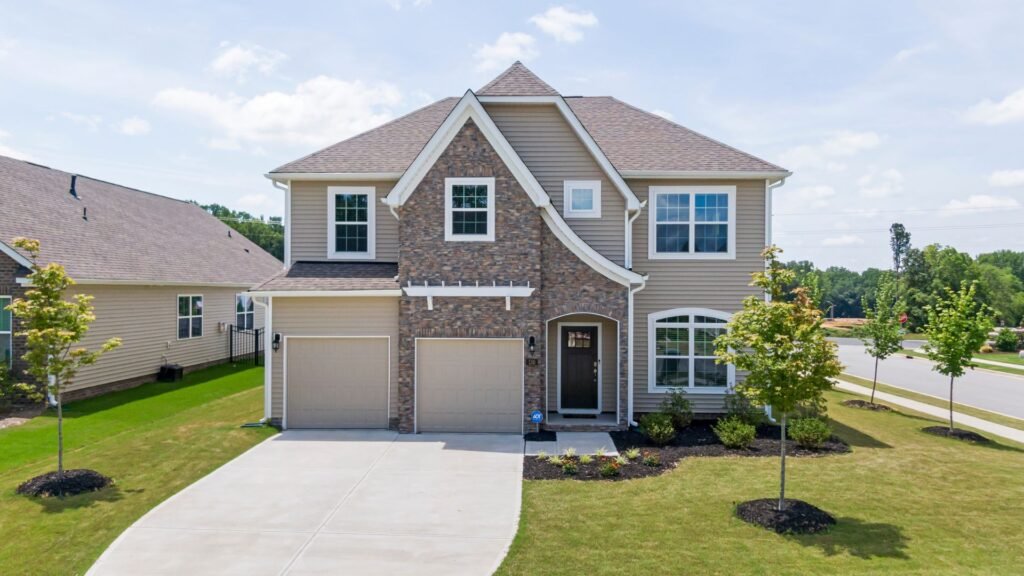
Common Mistakes To Avoid
You want a clear budget, a reliable builder, and a smooth build. These mistakes push you off track and inflate your new build cost NZ.
Underestimating Total Costs
You budget for the house and forget the “invisible” items. That’s where blowouts start.
- Add a 10–15% contingency from day one.
- List every line item: site prep, geotech report, consent fees, connection fees, driveways, fencing, landscaping, window coverings, appliances, and post-handover fixes.
- Ask for PC sums and provisional items in writing. Replace vague allowances like “kitchen $15k” with a detailed spec: cabinetry materials, benchtop type, hardware, and appliances.
- Factor time into cost. Every delay adds rent, storage, or loan interest. Track dates as tightly as you track dollars.
Skipping Professional Advice To Save Money
Cutting experts feels cheaper upfront but costs you later.
- Use a registered designer or architect to get workable plans, realistic materials, and accurate take-offs. You avoid redesign fees and re-consent delays.
- Hire an independent quantity surveyor for a cost plan. You’ll spot gaps before you sign anything.
- Engage a building lawyer to review the contract. Clarify variations, liquidated damages, dispute steps, and warranties.
- Bring in an independent inspector at key stages. Catching issues before linings go up is cheaper than fixing them after handover.
Choosing The Cheapest Builder Without Checking Track Record
A low quote can hide risk. You need proof, not promises.
- Verify licensing, insurance, and health-and-safety history. Ask for the insurer’s certificate, not just a line in an email.
- Request recent, similar projects, size, style, and region. Call the clients. Ask about timeline, communication, variations, and defect response.
- Compare inclusions line by line across quotes. Look for exclusions on scaffolding, waste removal, site fencing, temporary power, and weather delays.
- Check subcontractor stability. If the builder relies on whoever is free, your schedule slips and quality varies.
- Judge communication. A builder who explains the program, risks, and next steps will manage your costs better than one who just says “we’ll sort it.”
Practical Steps You Can Take Today
- Build a cost map: land, site works, design, consents, build, externals, fit-out, contingency. Attach a number to each.
- Lock specs early. Frequent changes create variations that spike your new build cost NZ.
- Choose a contract that matches your risk tolerance. Fixed-price reduces surprises; cost-plus needs tight controls and weekly reporting.
- Set a decision calendar for tiles, paint, flooring, and fixtures. Late choices stall trades and add holding costs.
- Track progress weekly. Use a simple dashboard: budget vs committed, timeline vs actual, issues vs owner actions.
Plan for the full project cost, lean on qualified experts, and pick a proven builder with transparent paperwork. Do that, and you protect your budget, your timeline, and the quality of your new home in New Zealand.
Want a clearer picture of your new build budget? Click here to connect with our team and get advice that works for your goals.
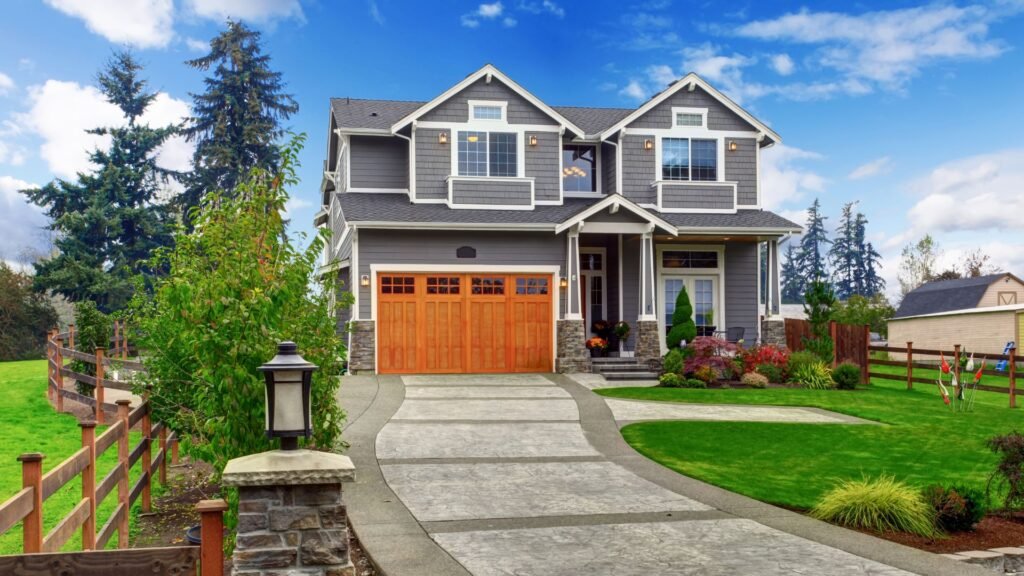
FAQs: About New Build Cost In NZ
What is the average new build cost in NZ in 2025?
The average cost to build a home in New Zealand ranges from $2,500 to $4,000 per square metre in 2025. This can vary based on location, materials, and design choices.
Does the cost per square metre include land?
No, the per-square-metre cost only covers construction. Land purchase, site preparation, and council fees are separate expenses.
How much does land cost in New Zealand?
Land prices vary widely. In major cities like Auckland or Wellington, sections can cost several hundred thousand dollars, while regional areas may offer much lower prices.
Is it cheaper to build or buy a house in NZ?
It depends on the market and your needs. Building allows customisation but can cost more upfront. Buying an existing home may be quicker but might involve compromises.
What extra costs should I expect when building?
Additional expenses include design fees, building consent fees, landscaping, driveways, utilities connections, and furnishing your home.
How long does it take to complete a new build in NZ?
A standard new build usually takes 6 to 12 months after consents are approved. Complex designs or delays in materials can extend the timeframe.
Can I save money by managing parts of the build myself?
Yes, if you have experience. Taking on certain tasks like painting or landscaping can reduce costs, but it’s important to stay compliant with building regulations.
Do new builds have lower running costs?
Generally, yes. New homes often have better insulation, energy-efficient appliances, and modern heating systems, which can reduce long-term utility bills.
What type of contract is best for a new build?
A fixed-price contract offers more cost certainty, while a cost-plus contract can be riskier if prices rise during construction.
How can I get an accurate estimate for my build?
Consult multiple builders, request detailed quotes, and ensure all potential costs are included, both mandatory and optional.
Conclusion
Building a new home in New Zealand is a major investment, and understanding the average new build cost, the key expenses involved, and smart budgeting tips can make the process far smoother and less stressful. While current build costs in 2025 range from $2,500 to $4,000 per square metre, the final price will depend on factors like land value, design complexity, and material choices. To get the best outcome, take the time to gather multiple quotes from reputable builders, compare inclusions carefully, and visit display homes to see finishes and layouts in person. This not only gives you a realistic sense of what’s possible within your budget but also helps you make informed decisions about where to invest and where to save. If you’re planning your dream build, start with a realistic budget, allow for a contingency, and partner with a trusted builder who can bring your vision to life while keeping costs under control.
